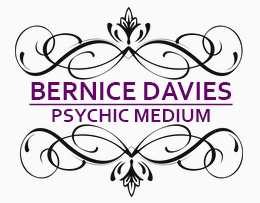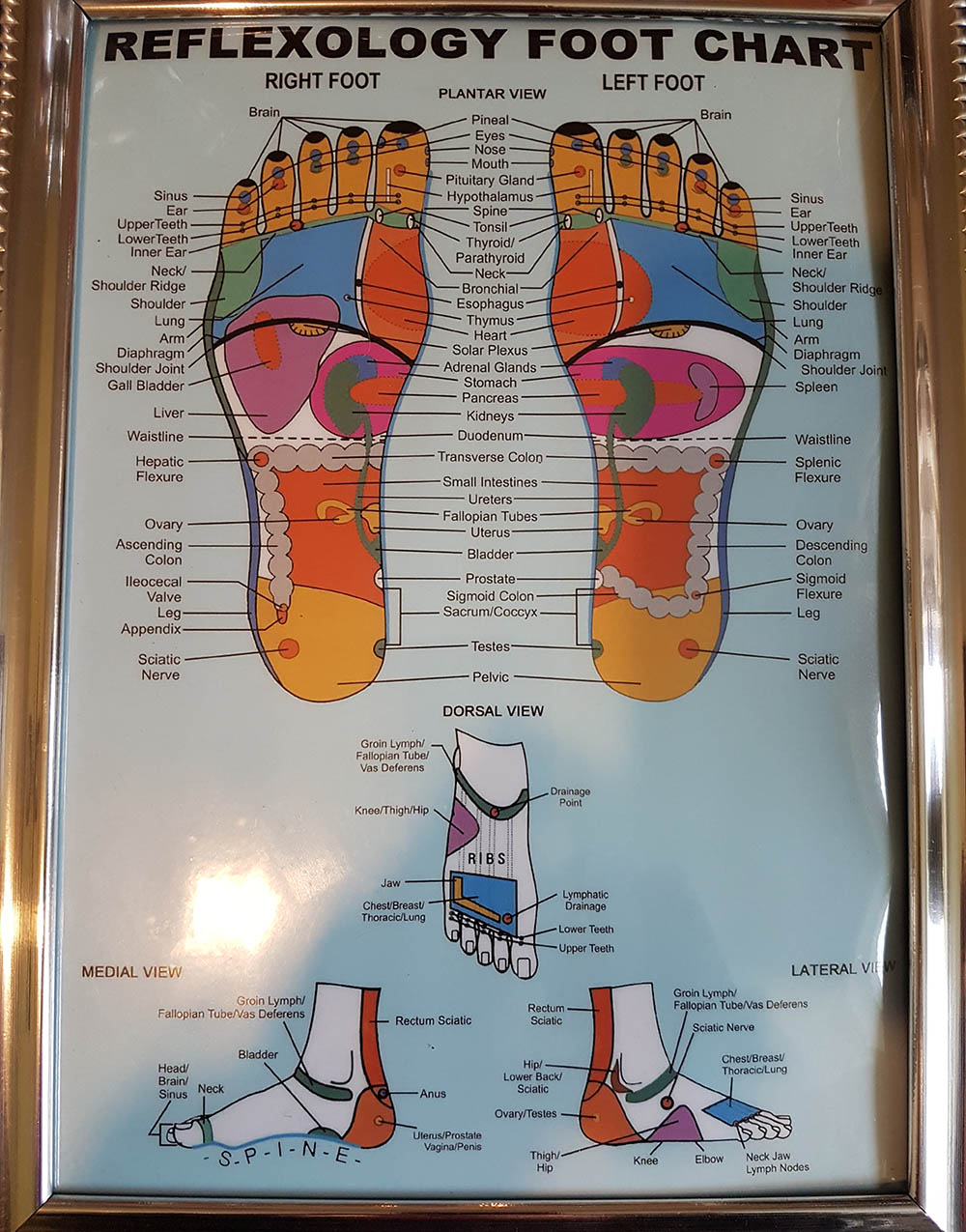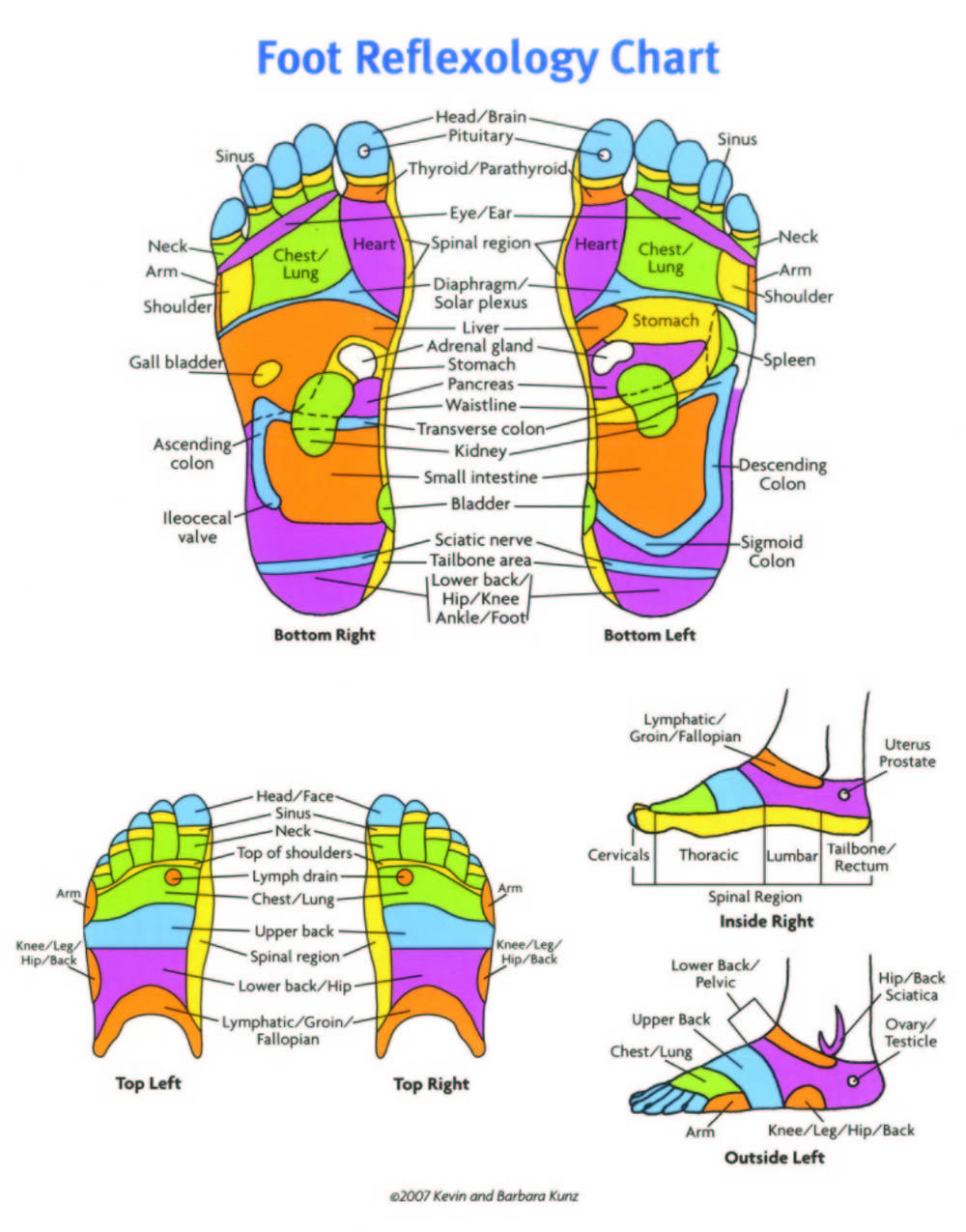

What is Reflexology?
Reflexology is a non-intrusive complementary health therapy, based on the theory that different points on the feet, lower leg, hands, face or ears correspond with different areas of the body. Reflexologists work holistically with their clients and aim to work alongside allopathic healthcare to promote better health for their clients.
Is reflexology suitable for me?
Reflexology is a therapy which can be received by anyone at any age, from newborn babies to those receiving end of life care, and everyone in between. However, there may occasionally be times when it is not suitable to provide a treatment. The best advice we can give you is to give your local reflexologist a ring and ask!
Will reflexology help me?
Well trained reflexologists do not claim to cure, diagnose or prescribe. Reflexology is a very individual treatment which is tailored to you as a whole person, taking into account both physical and non-physical factors that might be affecting your wellbeing. Some people find it works for them - some don't.
The best way to find out is to try it! The theory is that reflexology helps the body to restore its balance naturally. Usually, after a treatment your tension may be reduced and you might feel relaxed. You might also notice yourself sleeping better and find your mood and sense of wellbeing improving.
You may also find that other aspects improve too; however, this happens on an individual basis. There have been some positive research projects carried out with reflexology; however, as yet, there is not a large enough body of evidence for us to make clinical claims of effectiveness. With ever increasing levels of stress in everyday life, it is important for people to take more responsibility for their own healthcare needs. Reflexology may be one of the ways to mitigate the stresses.


What happens when I go for a treatment?
A full medical history will be requested on your first treatment, and you will be asked to sign a consent form for tretment. This information will be kept confidential. Reflexology is a very easy therapy to receive; depending on the type of reflexology, the most clothing that will have to be removed for a treatment to take place will be your socks and shoes.
The therapist will then use their hands to apply pressure to the feet, lower leg, hands, ears or face, depending on the type of reflexology chosen. You may feel areas of transient discomfort during the treatment, but generally the experience should be relaxing. The therapist may recommend a course of treatments.
How will I feel after a reflexology treatment?
It is useful to give feedback to the reflexologist as this may show the response of your body to treatment. This in turn might help the reflexologist to tailor a treatment plan specific to your needs. After one or two treatments your body may respond in a very noticeable way.
Most people note a sense of well-being and relaxation; however, sometimes people report feeling lethargic, nauseous or tearful, but this is usually transitory and reflexologists believe that it is part of the healing process.
A brief history of reflexology
Whilst the art of reflexology dates back to Ancient Egypt, India and China, this therapy was not introduced to the West until Dr William Fitzgerald developed 'Zone therapy'. He believed that reflex areas on the feet and hands were linked to other areas and organs of the body within the same zone.
In the 1930's, Eunice Ingham further developed this zone theory into what is known as reflexology. Her opinion was that congestion or tension in any part of the foot is mirrored in the corresponding part
Treatments
A relexology treatment is and hour appointment with a soothing foot bath included in your treatment. I can also offer this treatment in the comfort of your own home. £25 per treatment